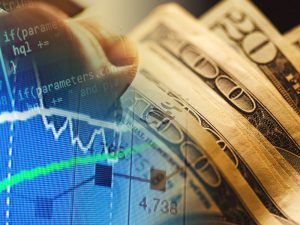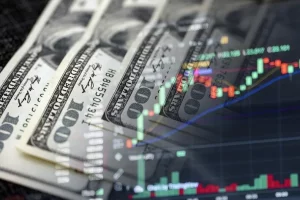Introduction In a disconcerting turn of events, bad property debt has surged past reserves at the largest banks in the United States, leaving financial markets on edge. To unravel the complexities of this financial predicament, we turn to John Financials, a seasoned economist with an extensive background in banking and banking reserves financial analysis. The
Introduction
In a disconcerting turn of events, bad property debt has surged past reserves at the largest banks in the United States, leaving financial markets on edge. To unravel the complexities of this financial predicament, we turn to John Financials, a seasoned economist with an extensive background in banking and banking reserves financial analysis.
The Alarming Discrepancy
Recent reports indicate that bad property debt has outpaced reserves at major US banks, raising concerns about the stability of the financial sector. John Financials notes that this discrepancy could have far-reaching implications, not just for the banking industry but for the broader economy as well.
Unpacking the Causes

This image is taken from google.com
Understanding the root causes of this surge in bad property debt is crucial. John Financials identifies several contributing factors:
- Economic Uncertainty: The lingering effects of global economic uncertainty have led to a decline in property values, impacting the collateral supporting these loans.
- Pandemic Fallout: The COVID-19 pandemic has disrupted industries, causing financial distress for businesses and individuals alike, ultimately affecting their ability to meet mortgage obligations.
- Interest Rate Dynamics: Fluctuating interest rates have added complexity to the debt landscape, making it challenging for borrowers to navigate and banking reserves service their loans.
Implications for Investors

This image is taken from google.com
Investors must be vigilant as the storm of bad property debt gathers strength. John Financials emphasizes the importance of assessing the exposure of investment portfolios to sectors vulnerable to the property debt crisis. Diversification and a keen understanding of risk factors are essential for navigating these turbulent financial waters.
Comparative Table: Bad Property Debt vs. Reserves

This image is taken from google.com
| Aspect | Bad Property Debt | Reserves |
|---|---|---|
| Quantity | Surpassing previous records, indicating a concerning trend. | May not be sufficient to cover potential losses, raising solvency concerns. |
| Origin | Stemming from economic uncertainty, pandemic fallout, and interest rate dynamics. | Accumulated over time as a precautionary measure against potential losses. |
| Impact on Banks | Puts pressure on banks’ balance sheets and profitability. | Designed to absorb losses, but may be insufficient in the face of widespread defaults. |
Comparative Table: Potential Economic Impact
| Economic Factor | Impact of Rising Bad Property Debt |
|---|---|
| Housing Market | Depressed property values, potential housing market downturn. |
| Banking Sector | Strain on banks’ financial health, possible regulatory interventions. |
| Consumer Spending | Reduced consumer confidence, leading to a decline in spending. |
| Overall Economic Growth | Slowdown due to the interconnectedness of financial markets. |
Conclusion:
As bad property debt continues to outpace reserves at major US banks, the financial landscape is entering uncharted territory. Investors and financial analysts must remain vigilant, closely monitoring the evolving situation and adjusting strategies to mitigate potential risks. John Financials’ expertise sheds light on the complexity of the issue, offering valuable insights for those navigating these turbulent financial waters.
















